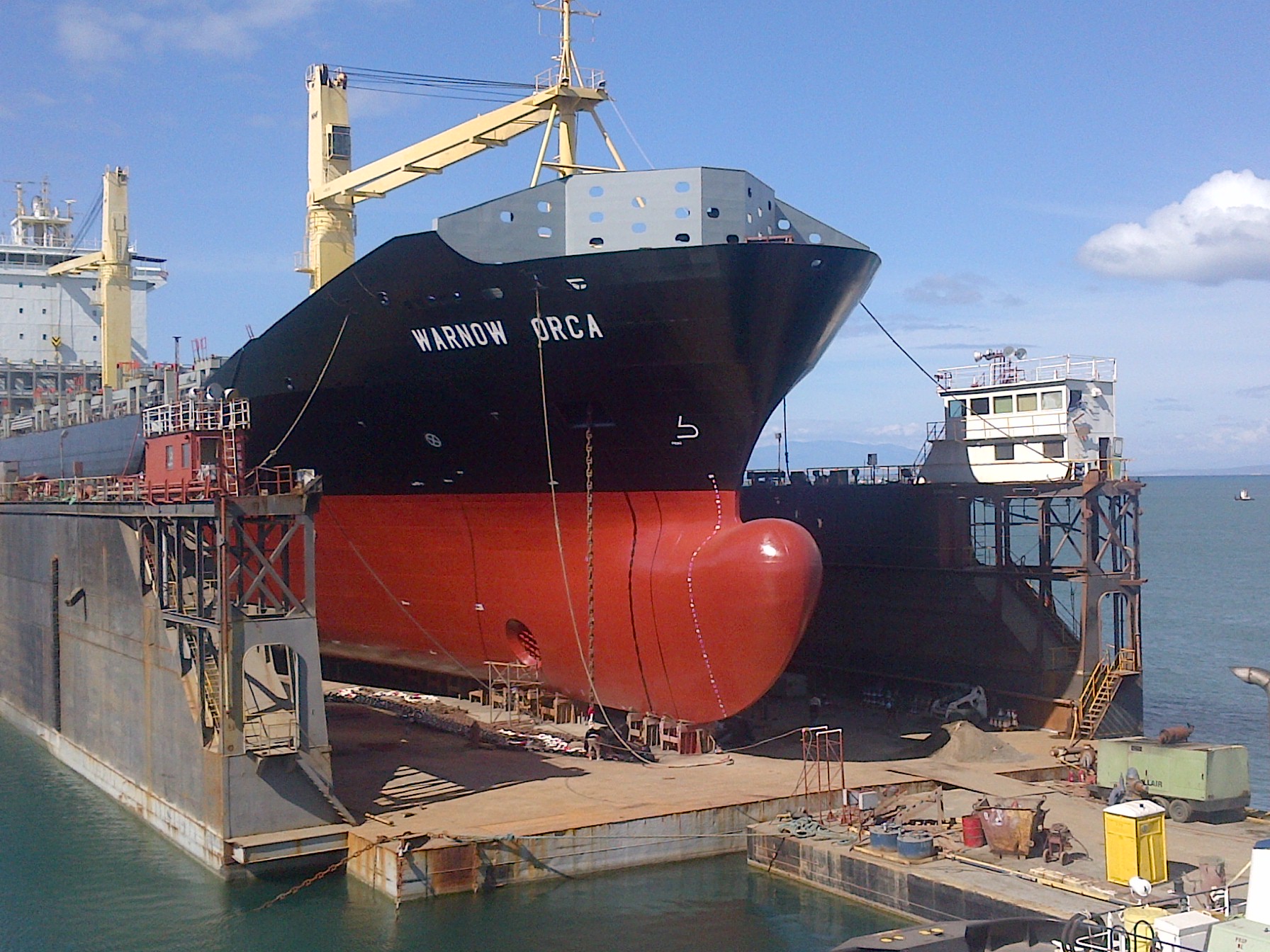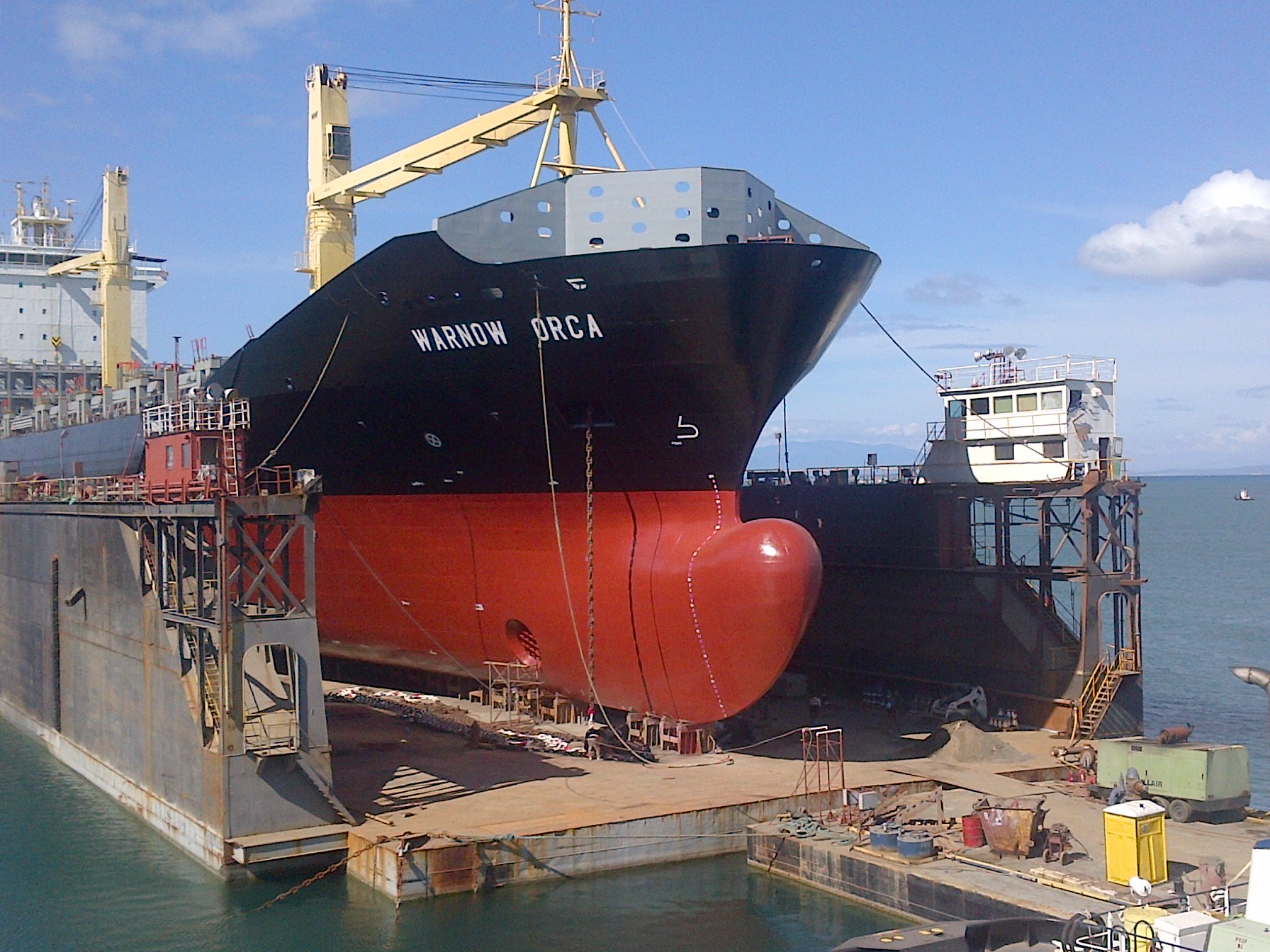
07-07-2021
Shipyards: concept and classification
Shipyards are the land-based facilities where ships are repaired and built. In a shipyard, all types of ships can be repaired or built, either for the transport of passengers or for the transfer of goods. From large commercial ships to ships for military use, through yachts and pleasure boats, all aquatic vehicles that have a certain structure are born in shipyards. Shipyards are built next to rivers or navigable seas. In this way the access of boats to the place and their exit to the waterways is facilitated. Typically, a shipyard has a limited number of building berths, sloping towards the waterway, with large adjacent work areas. Very large ships are often built in deep dry docks due to the greater convenience of lowering large components. When the hull is complete, water is admitted and the boat floats to the conditioning dock.
As a general classification, we can classify shipyards into two different types:
- Construction shipyards: The construction shipyard is that establishment which focuses its business activity on the construction of boats. Ship building is a complicated and highly technical process, requiring the coordination of numerous permanent and casual workers under the control of the prime contractor. Shipbuilding can be of a civil or military nature.
- Repair shipyards: The repair shipyard bases its business line on the repair of boats and / or floating devices. All ships are not the same, therefore, consequently, the shipyards where repairs are carried out are not the same either, which is why they are usually specialized in a specific group or type of vessels.
In 2016, the ten shipyards in the world with the largest order book were seven South Koreans, two Chinese and only one Japanese. The Ulsan shipyard, in South Korea, is currently the largest in the world, leads the shipbuilding with an annual share of 15% of the market, this shipyard extends along four (04) kilometers of the coast of the Mipo Bay, has nine large-scale dry docks, the largest being 460 meters long with a width of 135 meters, it also has seven (07) large “Goliath” cranes with a load capacity of 3,150 tons and one hundred (100) meters high to build a wide variety of vessels and with an effective production of one (01) week of delivery. By the end of June 2010, Hyunday Heavy Idustries had delivered more than 1,562 vessels to 253 different shipowners in 47 countries. More than 60,000 people work at the Hyundai shipyard, at a rate of producing a huge ship every four to five days.

06-12-2021
10 curious facts about maritime transport
1. Maritime transport represents 90% of world trade shipments.
2. The cost of building large container ships can exceed $ 200 million.
3. Only between 2% and 10% of the containers that transit around the world are inspected.
4. Maritime transport is an ecological form of transport, if we compare it with trucks or airplanes.
5. The average cost of shipping a bicycle is $ 10. The cost of sending a can of soda is $ 0.01.
6. Right now, there are about 20 million containers traveling by sea.
7. The engine of a container ship is 1,000 times more powerful than that of a car.
8. About two-thirds of commercial ships do not have advanced communication facilities on the high seas. Only 10% of the boats have Internet on board.
9. The ports of the East Coast of the United States, New York and New Jersey, carry a third part of all the traffic of the North Atlantic.
10. There are approximately 1.5 million sailors, the vast majority of whom come from the Philippine Islands.

17-11-2021
Importance of underwater ship repairs and maintenance
Standard support and fixes to your boat is a fundamental piece of being a vessel proprietor; it assists with guaranteeing wellbeing and security, keeps your boat in top condition and can set aside you time and cash over the long haul
Every so often, a submerged fix is the lone possible alternatives, especially in occurrences of body, propeller and plating upkeep.
Submerged boat fixes can:
· Signify your necessities
· Set aside cash over the long haul
· Lessen time spent in dry dock
· Further develop transport proficiency
Here’s why certain underwater repairs and maintenance are so important:
Hull Cleaning
Maybe the main sort of submerged boat fix, body cleaning ought to be finished consistently.
By keeping your boats structure spotless and kept up with, you can stay away from terrible shocks like barnacles, marine scavangers that whenever left untreated can connect themselves permanently to the underside of your boat.
Propeller Polishing
Regular propeller polishing can assist with diminishing the surface's harshness and thusly, can save huge costs eventually. Smooth propeller surfaces become ungracious to marine living beings, which means the underside of your boat will not turn into a homing ground for marine life that could cause harm.
Hull Plate Repairs
Damaged hull plating can be the result of many factors; natural corrosion, stress from long voyages or unavoidable wear and tear after years of use. Allowing defective hull plates to go unnoticed can cost you, both financially and in time, so immediate repair and maintenance once a fault has been identified is important. Repair methods are varied; from a hydraulic ram to specialist tempering.
Underwater Ship Painting
There will without a doubt be a period where submerged composition or cement work to the lower part of your boat is required, especially if any defensive covering starts to break down and erode. Customary upkeep on your boat's paintwork can assist with hindering such erosion as well as putting aside your money; if rust or oxidization is left for a really long time, it turns into a significantly more costly issue to have.
